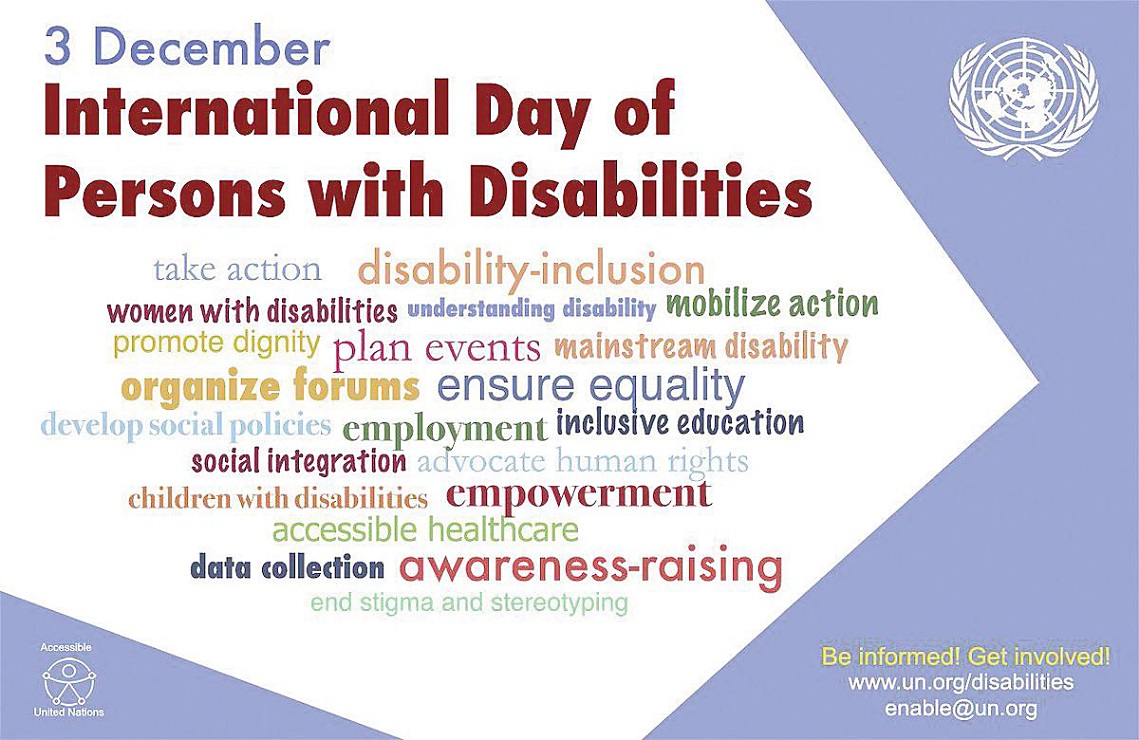conversations with a person who isn't there. Often, these clinic visits can lead to a diagnosis of schizophrenia or a psychotic disorder when in fact the experiences may not be related to a thought disorder at all.
Complex hallucinations among individuals with I/DD can be many things. Is this a fantasy being acted out and a harmless expression of an imaginary friend? Is it an expression of trauma and PTSD? Is it another medical illness? Or is it a parasomnia? It takes care and patience to discover the meaning of hallucinations in caring for someone with I/DD, and a team approach. A very careful history may be supplemented with an EEG and polysomnography in addition to some basic medical tests in order to sort it out. When a sleep disorder is suspected, the sets of disorders discussed above may assist families and caregivers to ask the same questions that we do as clinicians.
In reviewing parasomnias and sleep disorders, we can appreciate the wondrous processes operating while we are conscious and the systems operating just hidden from view while we're asleep. With the limits of our ability to quantitatively and objectively study our dreams, we may find meaning in the subjective, personal and unique stories when we remember them. We can try to observe our own dreams, and our own sleep. We can pay attention to our sleep habits and respect the investment in quality of life that can come from good sleep habits and make room for our dreams, the realm of which may be our final frontier.•
ABOUT THE AUTHOR:
Benjamin Margolis, M.D. is board-certified in neurology and psychiatry, having completed the combined residency program at Brown University. He specializes in neuropsychiatric care of adults with I/DD in the New York Hudson Valley and is Senior Psychiatrist and Staff Neurologist at Access: Supports for Living. He attended medical school at the Albert Einstein College of Medicine after the postbaccalaureate premedical program at Columbia University, and holds a BFA from the School of Visual Arts in New York City. He is an active member of the American Academy of Developmental Medicine and Dentistry (AADMD) and is working to improve behavioral and mental health care of individuals with I/DD on local, state and national levels, along with serving on the Health Advisory Board for Special Olympics New York for the Strong Minds Program.
References
- ligo.org/science.php . Retrieved October 1, 2021
- Schneider, A., & Domhoff, G. W. (2021). The Quantitative Study of Dreams. Retrieved October 1, 2021 from dreamresearch.net.
- Koola MM, Varghese SP, Fawcett JA. High-dose prazosin for the treatment of post-traumatic stress disorder. Ther Adv Psychopharmacol. 2014;4(1):43-4
- Voss, U. Holzmann, R. Hobson, J. Lucid Dreaming: A State of Consciousness with Features of Both Waking and Non-Lucid Dreaming. Sleep. 2009 Sep 1; 32(9): 1191-1200.
- Robinson, A. Chemistry's visual origins. Nature 465, 36 (2010).
- Siclari F, Baird B, Perogamvros L, Bernardi G, LaRocque JJ, Riedner B, Boly M, Postle BR, Tononi G. The neural correlates of dreaming. Nat Neurosci. 2017 Jun;20(6):872-878.
- Peever, J. Fuller, P. The Biology of REM Sleep. Current Biology. 2017 Nov 1; 27(2): PR 1237-R1248.
- Lima FCB, do Nascimento Junior EB, Teixeira SS, Coelho FM, Oliveira GDP. Thinking outside the box: cataplexy without narcolepsy. Sleep Med. 2019 Sep; 61:118-121.
- Van Horn NL, Street M. Night Terrors. 2021 Jul 10. In: StatPearls [Internet]. Treasure Island (FL): StatPearls Publishing; 2021 Jan–.
- Lesage S, Hening WA. The restless legs syndrome and periodic limb movement disorder: a review of management. Semin Neurol. 2004 Sep;24(3):249-59.
- Ceriani CEJ, Nahas SJ. Exploding Head Syndrome: a Review. Curr Pain Headache Rep. 2018 Jul 30;22(10):63.
